The CMBA “Hollywood on Hollywood” Blogathon: The Player (1992)
 The Player (1992) is described by some as a satirical comedy, by others as a mystery/crime film.
The Player (1992) is described by some as a satirical comedy, by others as a mystery/crime film.
To me, it’s a first-rate neo-noir that will leave you breathless.
But it doesn’t start out that way.
This Robert Altman-directed film begins innocuously, with a seamless, eight-minute unedited sequence that introduces the main character, studio VP Griffin Mill (Tim Robbins), and gives us a birds-eye view of the inner-workings of Hollywood politics. The first 20 minutes or so are both fascinating and funny, depicting unapologetic sycophants, self-important executives in expensive suits, and endless story pitches (“It’s kind of a psychic political thriller comedy with a heart…not unlike Ghost meets Manchurian Candidate.”) In one of the film’s many telling moments, Griffin suggests during a typical high-powered lunch that his companions talk about something other than Hollywood. The chatty group suddenly falls silent, and even Griffin has to laugh at the notion. The Player is also chock-full of cameos from a veritable cavalcade of stars – Rod Steiger, Anjelica Huston, John Cusack, Burt Reynolds, Harry Belafonte, Jeremy Piven, Cher, Jeff Goldblum, Marlee Matlin, Joel Gray, Jack Lemmon, Robert Wagner, Teri Garr, Steve Allen, Jayne Meadows, Jill St. John – you’ll be positively star struck.
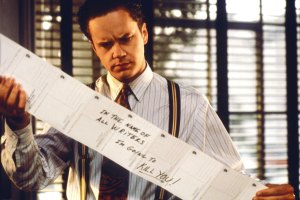
Deadly Postcards.
In between star sightings, we learn that Griffin is not only in danger of being replaced at the studio by a smarmily ambitious up-and-comer by the name of Larry Levy (Peter Gallagher), but he’s also been receiving ominous postcards from a disgruntled, but unnamed, screenwriter. And almost before you’re even aware of what’s happening, the mood of the film shifts from a lighthearted peek into the happenings in Tinseltown to suspicion, mistrust, fear…and MURDER.
After receiving several postcards, which range from name calling to life threatening, Griffin pores over his files and zeroes in on a writer named David Kahane (Vincent D’Onofrio), who’d made a movie pitch to Griffin several months earlier. Realizing that he’d never followed up with the writer as promised, Griffin uses his powers of deduction (and assumption) to identify Kahane as the postcard author. He drives to the man’s home and stands outside on the street to call him. Turns out that the writer has gone to the movies, which Griffin learns when he speaks with the man’s live-in girlfriend, June (Greta Scacchi), having a lengthy conversation with her while voyeuristically watching her through the windows of the house.
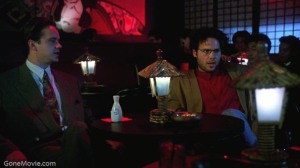
Vincent D’Onofrio co-stars as an embittered (and luckless) writer.
Griffin later finds Kahane at a local movie theater, and before you can say Bob’s your uncle, he’s springing for drinks at a Japanese karaoke bar, apologizing with all sincerity for failing to call Kahane after the pitch meeting, and even offering him a movie deal (“I won’t guarantee you I’ll make the movie, but I’ll give you a shot,” Griffin vows. “Let’s just stop all the postcard shit.”) Unfortunately for Griffin (and, as it turns out, for Kahane himself), the writer sees through Griffin like he’s made of glass. The two wind up in an argument (which leaves me breathless every time I see it) and Kahane winds up dead.
The rest of the film is pure noir. We watch with growing anxiety as Griffin is questioned by police –Whoopi Goldberg is especially effective as a shrewd (if fashion-challenged) detective who’s not impressed by Griffin’s smooth talk and baby face. And as if that’s not enough, Griffin starts receiving more threats – including one in the form of a rattlesnake hidden in his car. Will he get arrested? Will his anonymous stalker step forward and make good on his menacing promises? You’ll have to check out The Player and find out. I’ll never tell.
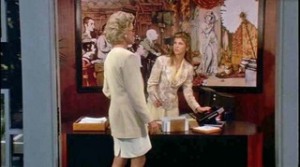
The tracking shot begins.
But I will say a few more things about the film, starting with the first-rate direction served up by Robert Altman. His unique touches are sprinkled throughout, beginning with the opening tracking shot that follows a variety of characters in and out of actions and conversations – a new receptionist nervously answering a telephone call, an accident involving a golf cart and a bicycle-riding mail carrier, two execs discussing Griffin’s imminent demise, a studio tour for Japanese visitors from Sony, mistaken identity (“Hey, you’re Martin Scorcese!” “No, but I know Harvey Keitel.”). My favorite part of the scene features the studio’s head of security (Fred Ward), who can’t stop talking about the famed tracking shot in Orson Welles’s Touch of Evil (1958). In fact, he extols its virtues in two separate conversations, and although his respective companions note tracking shots in two other films (Sheltering Sky, starring Debra Winger, and a British feature, Absolute Beginners), the security guy is unimpressed. “Never heard of it,” he says dismissively of one film, and “Never seen it, “ of the other. “Touch of Evil,” he insists.
Another standout scene takes place when Griffin meets his boss, Joel Levison (Brion James), at a posh outdoor café for breakfast. On the way in, Griffin greets actor Burt Reynolds and his dining partner, then moves on to the table nearby where Joel is seated. At first, the camera lets us listen in on Burt’s conversation but soon, as if finding Griffin more interesting, it leaves Burt behind, stopping a respectful distance from Griffin’s table to let us eavesdrop there. At one point, a group of spandex shorts-clad bicyclers leaves a nearby table and walks right in front of the camera, sometimes almost completely obscuring Griffin and his boss. It’s really masterful – and I admit that I generally don’t notice things like this, but Altman really brings it.

Even Burt Reynolds thinks Griffin is an asshole.
Speaking of Burt Reynolds, after Griffin passes his table at the restaurant, Burt’s lunch companion mutters, “Asshole.” And it’s true. Griffin really is kind of an asshole – you’re not exactly surprised that somebody is so angry at him that they want to kill him (or, at least, scare the crap out of him). At the restaurant, for example, he speaks with disdain to the server: “This is a red wine glass. Could I have my water in a water glass, please?” It’s not the words, it’s the way he says them, as if the server is wholly undeserving of his time, or even his gaze. And he uses his devoted girlfriend for her talents, then tosses her away like a holey handkerchief when he finds someone he likes better. Throughout the film, Griffin evokes revulsion, but he manages to garner your sympathy, too – and if you’re anything like me, you’ll find yourself rooting for him to literally get away with murder.
If you’ve never seen The Player or if several decades have passed since your last viewing, do yourself a favor and check it out. As Griffin says in the film, it’s got “suspense, laughter, violence. Hope, heart, nudity, sex. Happy endings.
—————-
This post is part of the Hollywood on Hollywood blogathon, presented by the Classic Movie Blog Foundation. Click the pic to read the great posts offered during this event! You’ll be glad you did.

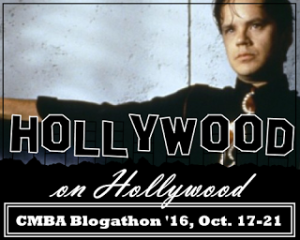

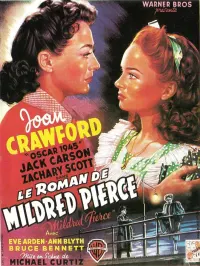




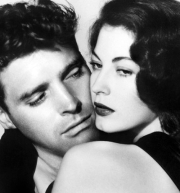













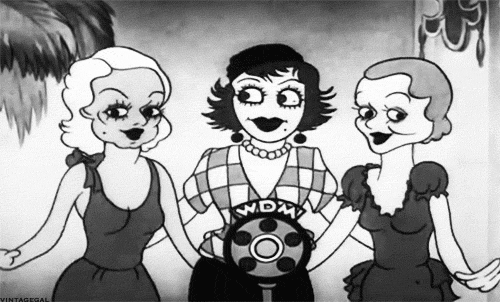


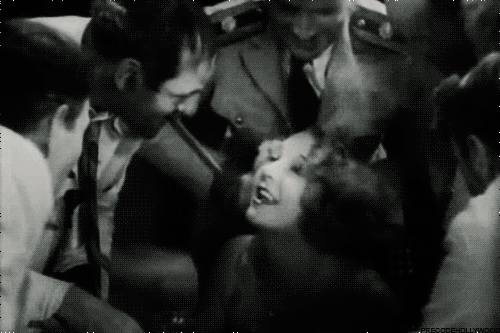


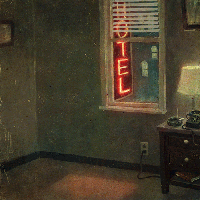
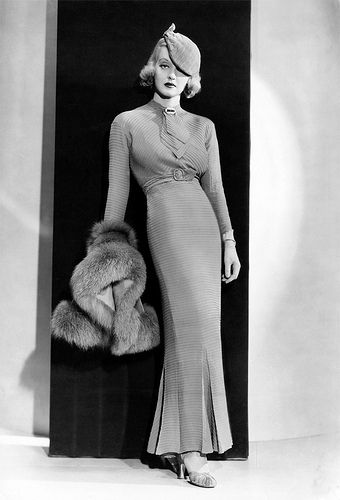



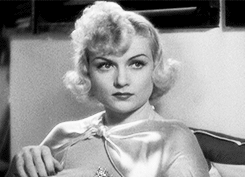
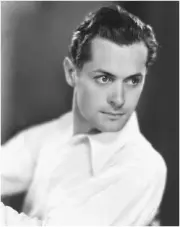
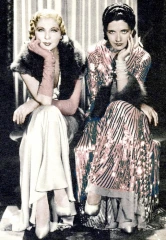





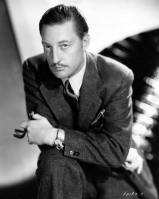




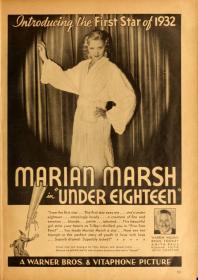
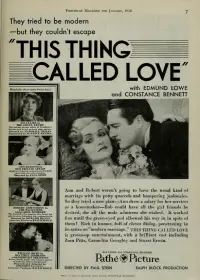

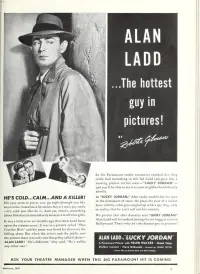
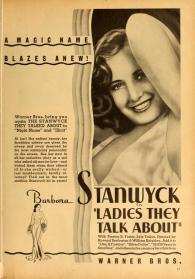

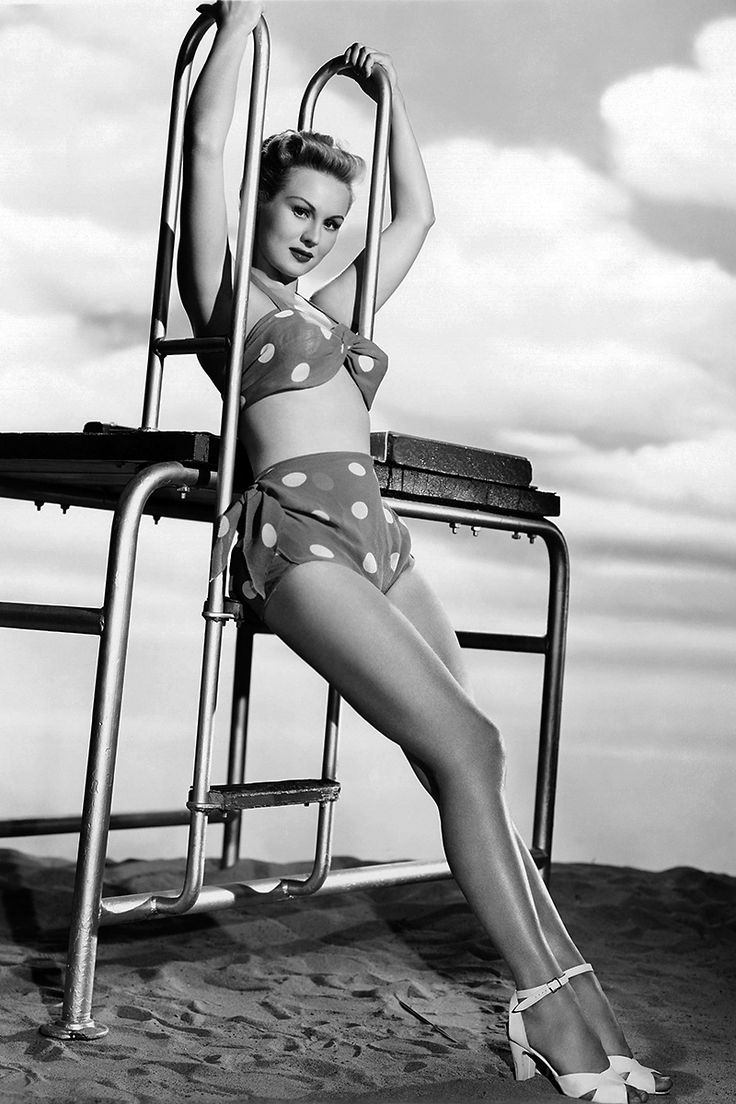



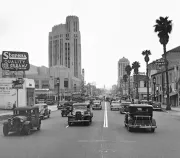
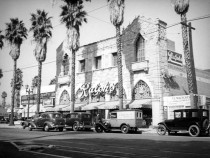


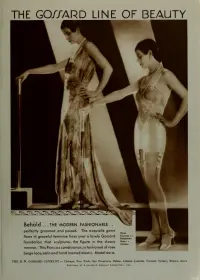

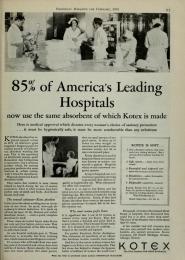

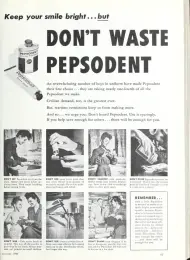


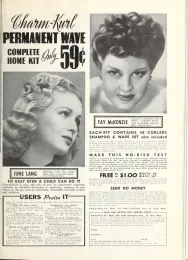





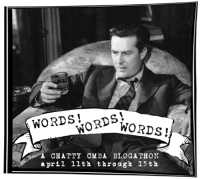

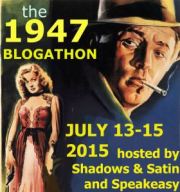
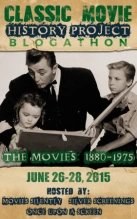
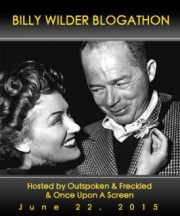


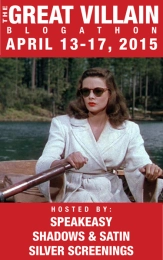


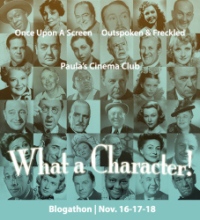
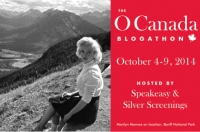


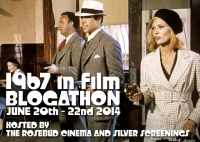


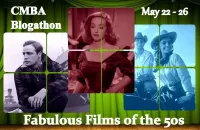
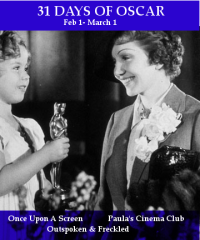
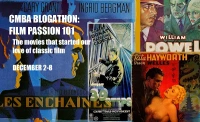







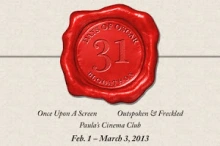

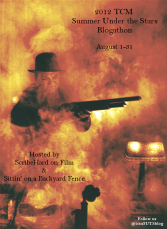


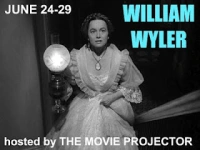





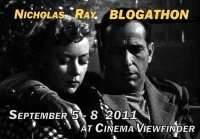

This movie is a must-see! Great post and really interesting to see how Hollywood looked at itself in the 1990s!
Thank so much! It was so great to see it again after all these years!
I love this film. A great satirical shot at Hollywood. One of Altman’s best and you do a great job with it.
Thanks so much, John. I’m a big Altman fan, and I think this is my favorite.
I’m in that group who hasn’t seen this movie yet, although my husband mentioned recently that we should put it on the list. I think it will happen soon. (Sooner if the Blue Jays don’t remember how to hit.)
So, now that the Blue Jays aren’t standing in your way… 😉
Great review of this Hollywood on Hollywood film Karen. It really is masterfully directed by Altman and a jewel of Hollywood intrigue as well as a who’s who of actors of the era. My favorite scene is still Richard E. Grant dramatically pitching his story idea to Tim Robbins. Super selection for the Blogathon.
Thank you so much, Christian. That scene with Richard Grant is a great one! There are so many memorable ones!
It’s been several years since I’ve seen this gem, so I’ll take your advice and watch it again.
This is a mesmerizing movie, and it really does have it all: cameos, great lines, terrific cast, and fabulous directing. Great choice for the blogathon!
Thanks, Ruth. You’re so right about all the great things about this movie. Just fantastic all around.
Fantastic film, loaded with inside Hollywood references and one of those gems that gets better every time I see it!
I just love the feeling it gives you that you’re being treated to an inside look of the way Hollywood really is (or was)!
Fantastic review! I saw this film when it first came out and I guess I should revisit. I’m sure I will appreciate it even more.
Thanks so much, Marsha. I highly recommend a rewatch — I’d forgotten so much of the little goodies about this film (not to mention the ending)!!
Great review. I haven’t seen it but between the subject matter and my new found appreciation of Altman (loved THE LONG GOODBYE and McCABE & MRS MILLER) I need to watch pronto! I’m sure the cameos from the old and new stars alike add to the film’s enjoyment and feeling of ‘celebrating Hollywood’.
Thanks so much, Jocelyn! I hope you get a chance to see it soon — I’m sure you’ll enjoy it. And I need to give The Long Goodbye another look — I’ve only seen it once, and I wasn’t that wild about it, but you’ve made me want to give it a second chance.
Excellent post, Karen. The movie’s ending always stuck with me– for being such a nasty piece of work, having that moment where Bruce Willis saves Julia Roberts from the gas chamber is such a great moment of black comedy it’s hard to forget.
Thanks so much, Danny. You are so right about the ending with Julia and Bruce — so classic. So perfect!